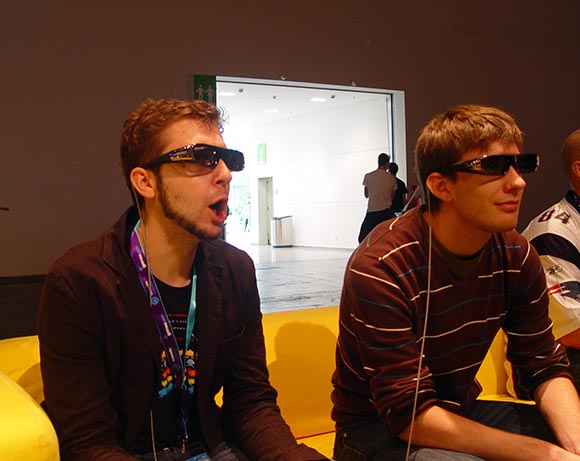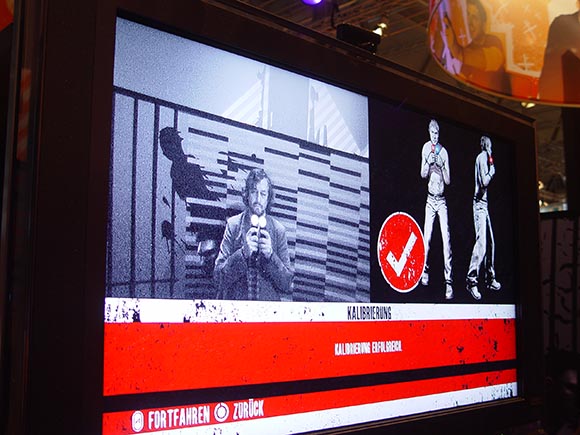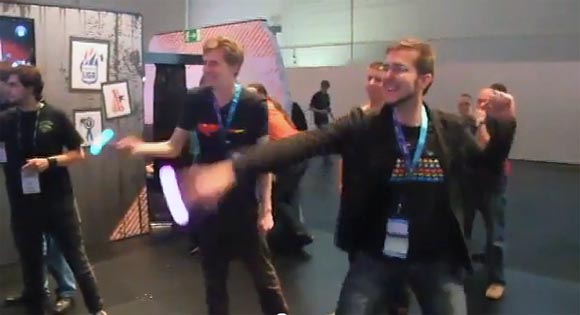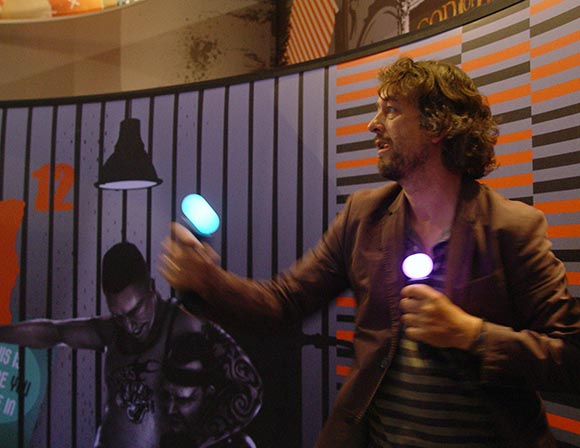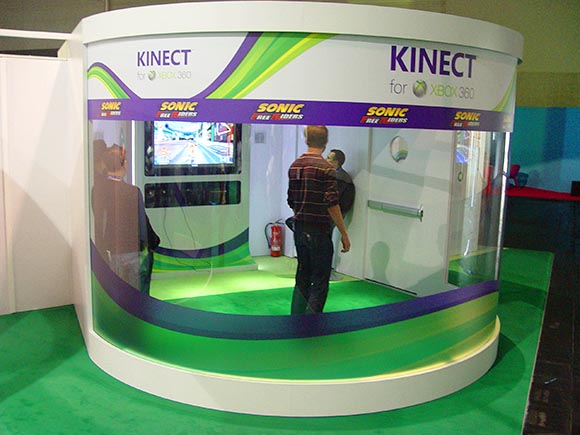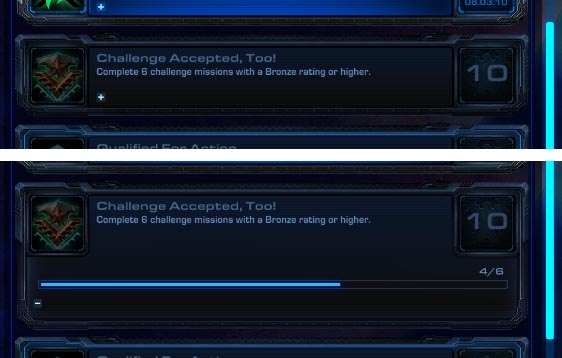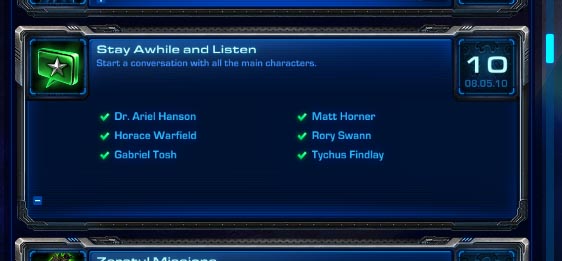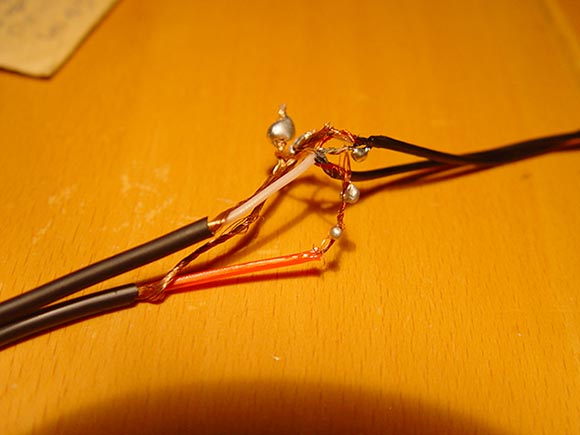After posts on Kinect, Move and 3D it’s time to wrap up my GamesCom features with the smaller observations. For some odd reason, this turned out to be quite racing game heavy.
-
Gran Turismo 5 – after giving Sony such a hard time, I guess I should cut them some slack. I am seriously looking forward to GT5. They didn’t really show too much new. The game looks finished and polished as ever. On the other hand, the GamesCom demo had more features than the previous ones. I can only imagine what an iceberg of content lurks underneath. Do want!
-
Motorstorm Apocalypse – walking trough the Sony booth that one caught my eye. For a moment there I wasn’t quite clear what I was looking at. It looked like Split/Second but more gritty and dramatic. Then I realized this was the new Motorstorm. Quite an interesting route they are taking there. Looks like a racing game made by Roland Emmerich… wait, that doesn’t sound flattering. Let’s say Roland Emmerich’s SFX team.
-
Rage – The new ID software game demonstrating the new ID engine. Wow, that was a stinker! Previous ID engines were visual breakthroughs. This one isn’t. It’s a carbon copy of a setting that has been done before to the death. It doesn’t look very different from existing games. It doesn’t introduce anything new. Yet the team was selling it like it was the hottest shit. “Every level looks different”. Wow, that’s a concept I haven’t heard before. And the irony of it was that EVERY LEVEL LOOKED THE SAME! To give you an idea how derivative this is: the demo ended with a fight against what essentially was a Super Mutant Behemoth… and it was in an destroyed urban area. They should go ahead and call the game “Not Fallout 3″.
-
Need for Speed: Hot Pursuit – it felt a little bit like a stiff and less crazy Burnout Paradise. Maybe the game wasn’t quite finished yet. To be honest I wasn’t really paying attention. My brain was busy processing this.
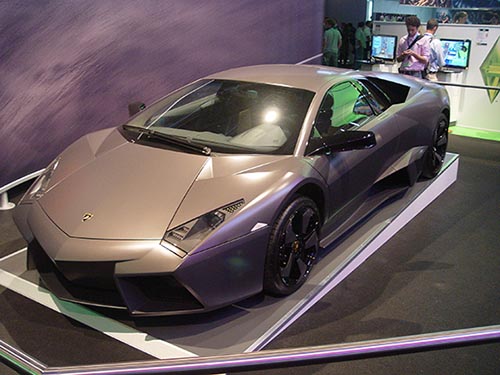
One day, she will be mine, oh yes… wait a minute, who am I kidding. ;_(
-
Super Scribblenauts – First I have created a tiny whale. Then I created god. Then an evil god. The two gods fought but good god won. Then I created a zombie. The zombie turned god into an undead zombie god. The game was sold right there. And I wasn’t even trying! At this point Scribblenauts is a generator of awesomeness. And for all you nay-sayers: the controls are way different now.
-
Diablo 3 – I missed my opportunity to test Diablo 3 last year so I took it this time. Apparently it was a very similar demo. I was controlling a Barbarian and clicking my way through a desert. It felt very much like Diablo. Lots of clicking, very juicy feedback, lots of tiny details. For example, there are small scorpions on the ground. You can squish them by walking over them. They make a satisfying squishy sound. On the other it seems quite conservative and the desert wasn’t a particularly impressive environment. Let’s see how this turns out
-
Civilization 5 – This one wasn’t on my radar until I heard people praising it on podcasts. I failed to see the need for yet another Civilization. But trying it changed my mind. The interface seems quite polished and well thought-out. The game uses a very consistent visual style. I was interested just after a couple of seconds!
-
Little Big Planet 2 – I played just one level. It felt quite like LBP. There were some new ideas like some more natural-feeling bouncing pads and small AI characters following you. I didn’t have the opportunity to check out the interface which is the thing that needed the most work IMHO.
-
Red Faction Armageddon – we only watched the presentation of a live demo. I like how they have even more tools for fooling around with physics now. The guy playing the demo used the physics-based weapons A LOT. This resulted in some hilariously spectacular scenes. Enemies were flying around or being squashed by huge concrete blocks. However, I dislike the new location. Mars was a pretty cool environment in the first game. It just felt like they never made anything special out of it. The new game takes place underground. This doesn’t actually improve anything. On the contrary, it makes the game even less distinct.

